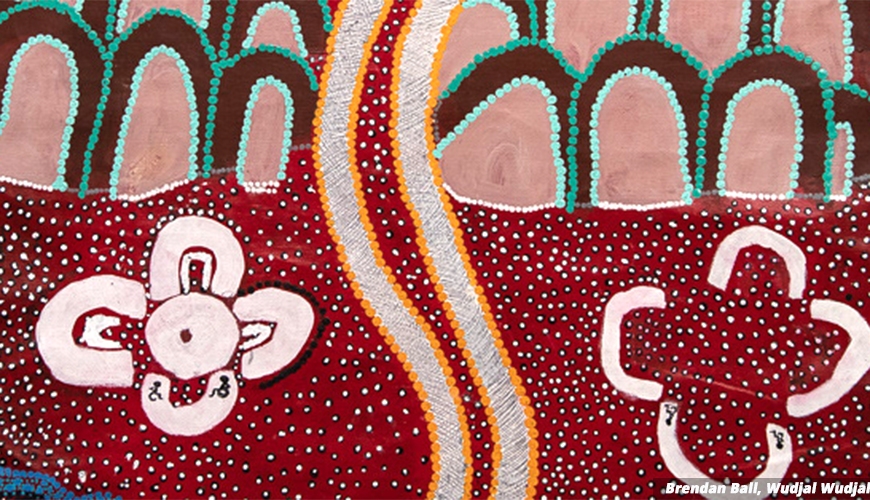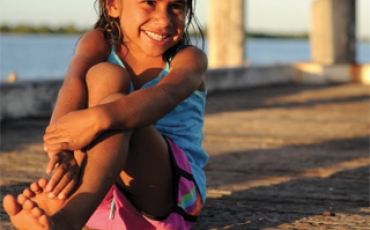Close the Gap (2020)

We nurture our culture for our future, and our culture nurtures us.
A report prepared by the Lowitja Institute for the Close the Gap Steering Committee | March 2020
Executive Summary
With this report — We nurture our culture for our future, and our culture nurtures us — we have sought to reflect the reciprocal and cyclical relationship between culture and wellbeing, whereby nurturing culture keeps us, and our future generations, healthy and strong.
Over the last twelve years, successive governments have failed to deliver the reforms needed to close the gap on health outcomes for Aboriginal and Torres Strait Islander people.
At the heart of this report is the recognition of Aboriginal and Torres Strait Islander empowerment as vital to wellbeing. The featured case studies have been selected to highlight Aboriginal and Torres Strait Islander-driven approaches to health policy and program reform across four domains of the cultural determinants:
- Self-determination and leadership involve practices and processes that incorporate not only self-governance and shared decision-making, but also rights to express and pass on culture, language, and relationships with Country. Aboriginal and Torres Strait Islander Community Controlled Health Organisations and the Coalition of Peaks are examples of self-determination and leadership in action. Self-determination and leadership in health and wellbeing empowers communities through culturally centred processes of decision making and delivers solutions that respond to local context.
- Indigenous beliefs and knowledge
Aboriginal and Torres Strait Islander people hold complex and important knowledge systems. Embedding Aboriginal and Torres Strait Islander holistic definitions of health and wellbeing in the way we deliver health services is critical to improving outcomes. Recognising the expertise of Aboriginal and Torres Strait Islander people and communities in health research, policy and program development is key.
- Cultural expression and continuity are great sources of strength and resilience for Aboriginal and Torres Strait Islander people. The trauma of cultural disruption and suppression has had a profound effect on Aboriginal and Torres Strait Islander people’s health and wellbeing. Ongoing racism within the health system and externally continues to contribute to this trauma. Measures to promote cultural expression as a health protective factor and ensure the cultural safety of the health system are two elements that can be progressed under this domain.
- Connection to Country
Aboriginal and Torres Strait Islander society is interconnected with land, sea and Country. Identity, cultural practices, social systems, traditions and concepts of spirituality are all drawn from, and depend upon, connection to Country. Aboriginal and Torres Strait Islander people are uniquely affected by accelerating climate change and it is with increasing urgency that we must consider connection to Country in health and wellbeing policy.
These domains have been selected because of pragmatic limitations, not as a reflection of importance or priority against the remaining cultural domains of language, and family, kinship and community.
The interconnected relationship of the different domains means that they can never truly operate in isolation and we hope that evidence of the importance of the remaining domains is also relayed in this report.
As with the 2019 Close the Gap Report, we have relied on the narratives of Aboriginal and Torres Strait Islander people to provide a strengths-based analysis of Aboriginal and Torres Strait Islander health and wellbeing. This is in recognition of the hard work, resilience and aspirations of Australia’s First Peoples to keep their families, communities and Country strong.
However, a strengths-based approach does not overlook the relationship of power and inequality on health outcomes and the responsibility of governments in leading systems reform. The work of communities must be matched by governments through shared decision-making, equitable (and sustained) funding and a cohesive policy approach.


